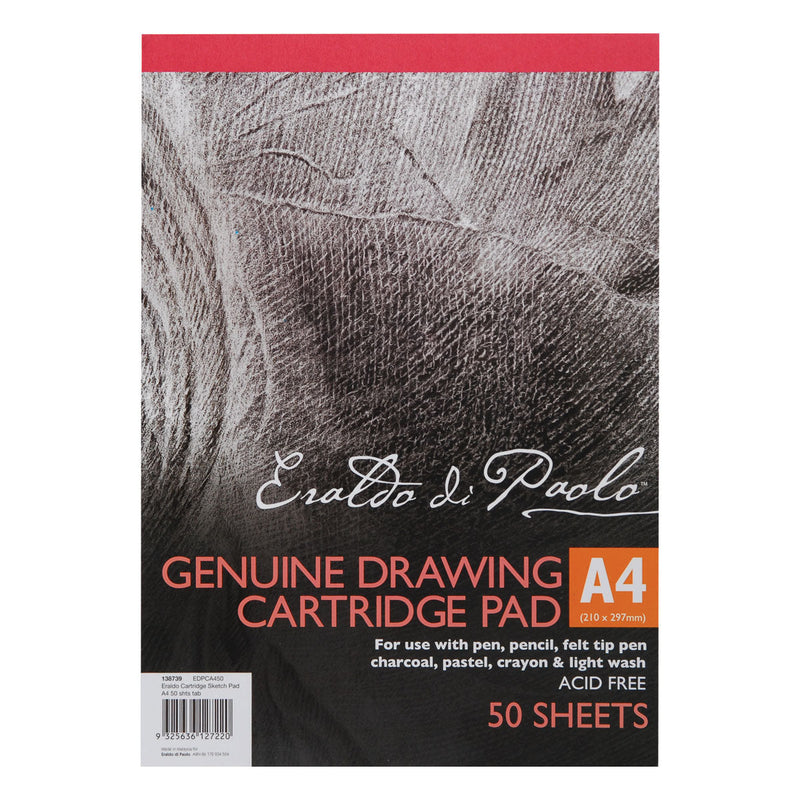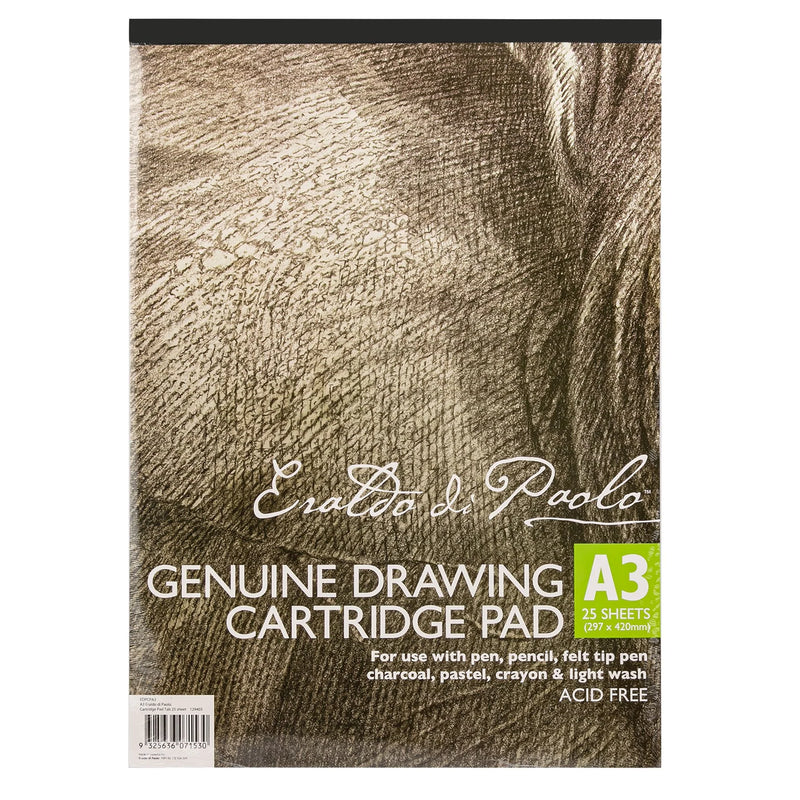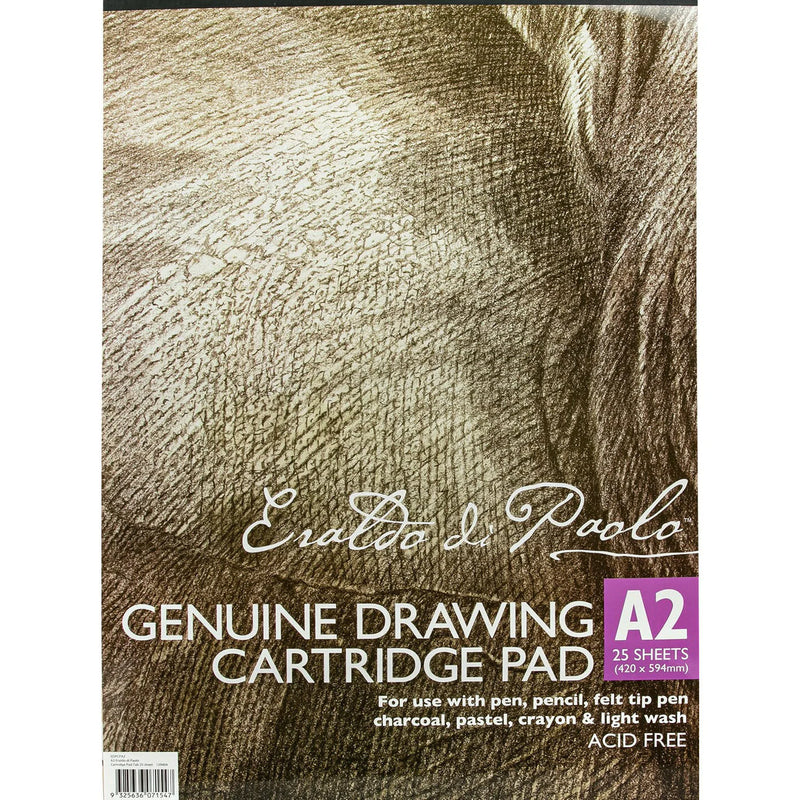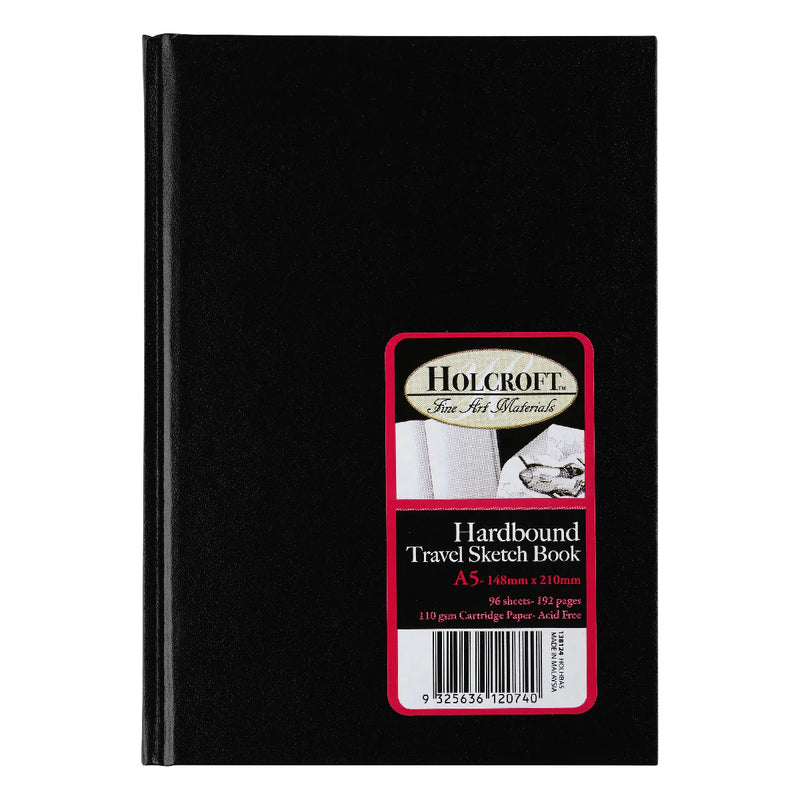Whether you’re drawing, painting, or tracing, we have the right materials to fuel your creative spirit. From watercolour paper to pencil sketching pads, no matter what type of paper you need, you’re sure to find it at Riot Art & Craft.
With just about as many types of paper as there are stars in the sky, choosing the right one for your next art piece can be a bit of a challenge.
While some paper is more suited to fine pencilwork, others are better suited to washes and watercolour. Below, we’ve included a handy guide to help you choose the right paper to suit your needs, style, and artistic goals.
The paper you use for watercolour painting can have a huge impact on the quality of the artwork you produce. Thankfully, there’s plenty of paper on the market that’s specifically designed for water-based media.
But not all watercolour paper is created equal, and some will be more suited to your style than others. Many artists, for example, prefer a heavier and thicker watercolour paper, as it can absorb more water without buckling, tearing, or falling apart.
Watercolour paper can often be purchased as individual sheets, though they can also be bound into a pad, which is great for outdoor work or travel painting. This paper is typically separated into three main categories: cold pressed, hot pressed, and rough watercolour paper.
Watercolour paper is made from cellulose pulp that’s been pressed together between two rollers to form a single sheet of paper. The terms ‘hot pressed’ and ‘cold pressed’ refer to the temperatures at which this process occurs.
Hot pressed watercolour paper is pressed together using smooth, heated metal. This leaves the paper with a relatively smooth finish that’s popular for highly detailed and precise linework. This paper relies on the natural variation of the watery paint, rather than the surface of the paper itself to create textures. It’s also a great option for mixed media when combining watercolour paint with pens, inks, and markers.
Hot pressed watercolour paper is a little less absorbent, meaning you’ll have more time to play with your paints before they dry. The smooth surface also shows up colours vividly.
As the name would suggest, cold pressed watercolour paper is pressed together using cold metal which leaves the paper with a bumpy texture. Cold pressed watercolour paper is highly versatile and extremely popular for a range of different painting styles.
More absorbent than hot pressed watercolour paper, you typically need to work a little faster on cold pressed watercolour paper as the paints can set in quickly. The textured surface can also make colours appear a little less rich.
This type of watercolour paper is popular for creating more textured artwork, as the paint will settle into the grooves and away from the ridges.
Highly textured, rough watercolour paper features a prominent tooth which causes water to collect in the indentations in the page, leaving a grainy, speckled effect. Rough watercolour paper is the most absorbent of the three, meaning you’ll need to work quickly to move the paint around before it sets in.
This is a beautiful paper to work with using loose watercolour techniques, though we don’t recommend it for highly detailed work as it can be difficult to control your brush marks.
There are a range of different papers you can use for dry media, from smooth papers, to textured surfaces. Typically, smooth paper is used for highly detailed work as well as for markers and brush pens where a more textured surface may damage the tip of the pen. High-tooth papers such as cartridge paper are a great option for graphite, pastels, and charcoal, as the textured surface grabs and holds the media better than smooth paper.
Here’s our paper recommendations for popular types of media:
You can draw on almost any paper surface using a pencil, so choosing the best paper for drawing is really up to what effects you’re trying to achieve. Smoother papers are better for more detailed work, while textured papers can leave you with a looser result. Regular copy/printing paper is a low-cost option for artists just learning to draw.
We recommend purchasing a visual diary so you can keep all your work conveniently stored in the one place. This is a great option for sketching on the go, as well as for tracking your progress as your drawing skills improve.
If working with coloured pencils, a slightly textured paper is your best bet as it will allow you to achieve a more consistent colour.
The dusty and crumbly nature of charcoal, chalk, and soft pastels can make them difficult to control. ‘Toothy’ papers are your best option for these types of media, as the texture of the paper will grab and hold the pigments better than smooth paper can. You may also wish to work with a heavier paper which won’t crinkle or tear should you need to erase anything.
Good charcoal, chalk, and soft pastel papers include:
Alcohol-based markers are a gorgeously vibrant and diverse art medium that’s popular amongst beginner and experienced artists alike. The biggest problem you’re likely to encounter with these markers is trying to find a paper that works with them.
Alcohol markers tend to bleed across and through paper. This can not only impact your line-work, it can also ruin whatever is underneath your work, whether that be your next sheet of paper or the bench you’re leaning on. The best paper to use with alcohol markers should be thick enough to manage the ink without too much bleed-through or piling (crumbling due to paper oversaturation). No matter how thick your paper, we always recommend leaving a ‘sacrificial’ sheet under your work to prevent damage to other surfaces.
Smooth, heavier-weight papers such as Copic Paper or Marker Paper are a great option for working with alcohol markers, as they allow the ink to flow easily without bleeding, and are thick enough to take a fair amount of ink without buckling, warping, or piling.
We love seeing the incredible achievements of our artistic community. If you’ve been using any of our visual diaries, sketching pads, or art paper to create your work, we’d be thrilled to see what you’ve done with them.
Tag us @riotartandcraft to share your incredible work with us on Instagram.
























